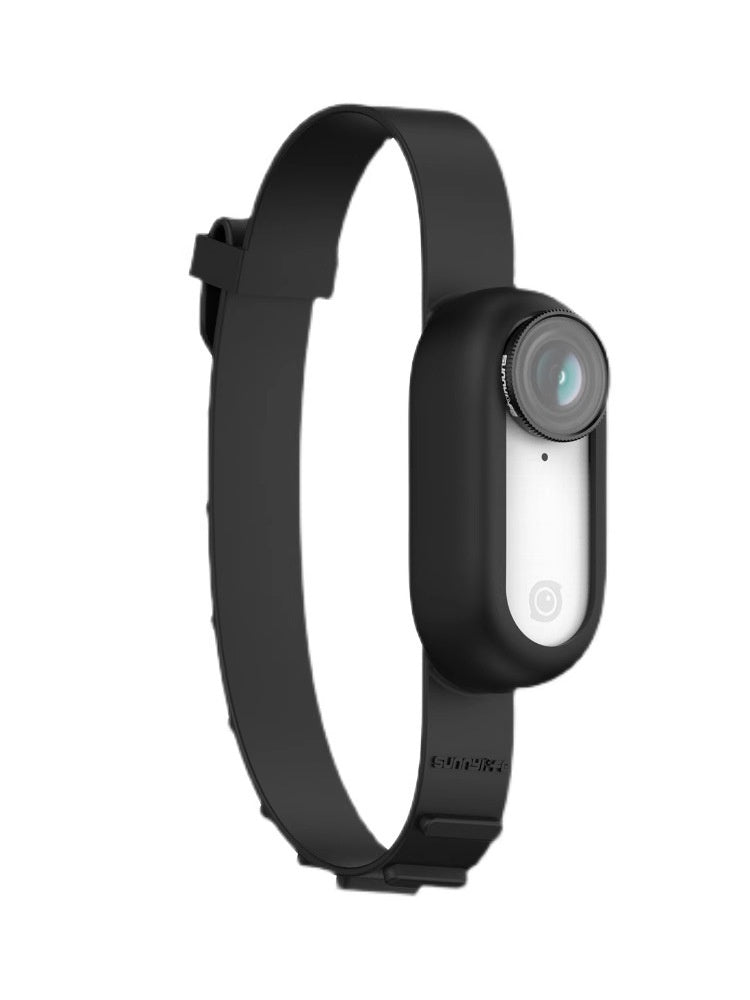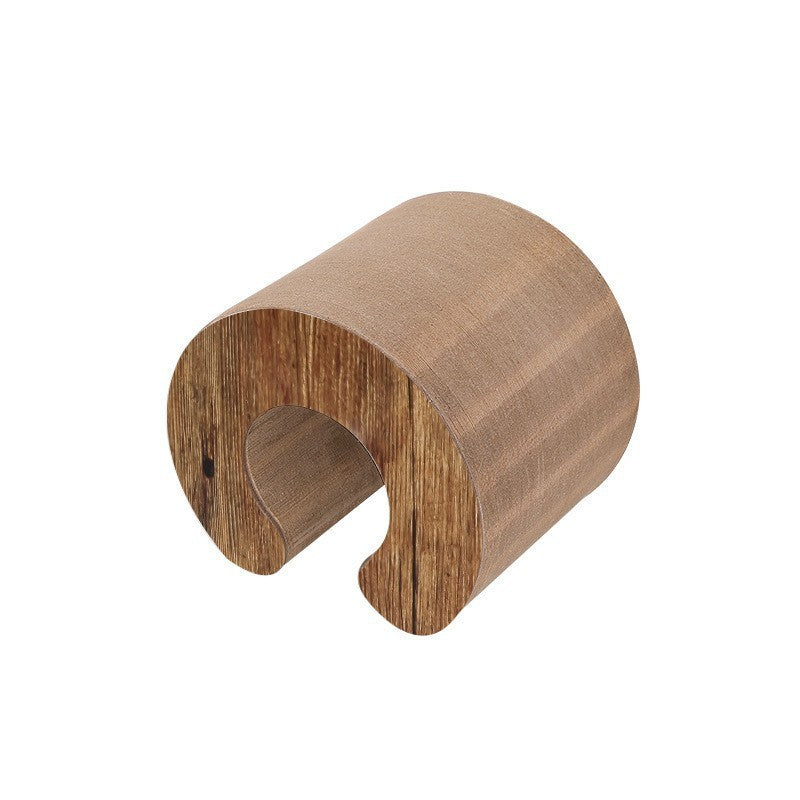Speak Fluent Cat: Decode Your Feline's Unspoken Emotions
Cats don't bark or wag their tails like dogs, but they're far from silent. These enigmatic creatures communicate constantly through an intricate language of subtle cues, from the precise angle of their ears to the rhythm of their tail movements, the dilation of their pupils, and the nuanced shifts in their body posture.Learning to read cat body language is like unlocking a secret code that's been hidden in plain sight. It helps you understand their mood, anticipate their needs, avoid unnecessary stress, and build a deeper, more trusting relationship with your feline companion. Whether you're a new cat parent or have shared your home with cats for years, mastering this silent language will transform how you interact with your furry friend.
Let's decode the secret signals your cat is sending every single day, turning you into a confident cat whisperer who truly understands what your feline is trying to tell you.
The Tail Tells All: Your Cat's Emotional Barometer
A cat's tail is perhaps their most expressive communication tool. Think of it as a furry emotional barometer that's constantly broadcasting their inner state.Straight up like a flag: This confident, vertical position signals a happy, self-assured cat who's feeling secure in their environment. It's their way of saying "Hello there, I'm feeling fantastic!" You'll often see this when they greet you at the door or approach their food bowl.
Quivering tip whilst upright: Pure excitement or anticipation, especially when they spot you coming home or hear the rustle of their favourite treats. This delicate tremor at the tip shows barely contained enthusiasm.
Puffed up and bottle-brushed: The classic Halloween cat pose indicates fear, surprise, or feeling threatened. Their tail expands to twice its normal size as they try to appear larger and more intimidating to whatever has startled them.
Low or tucked under: A clear sign of anxiety, submission, or insecurity. Your cat is trying to make themselves appear smaller and less noticeable. They're feeling vulnerable and need reassurance.
Flicking, swishing, or thrashing: This rhythmic movement indicates irritation, overstimulation, or mounting frustration. The faster and more aggressive the movement, the more agitated they're feeling.
Warning for pet parents: If you're having a lovely cuddle session and notice rapid tail flicking starting up, it's time to stop immediately. Your cat has reached their touch threshold and continuing could result in a swipe or bite. Respect their boundaries and give them space to decompress.
Ear Signals: The Radar System
Cat ears are like sophisticated radar systems, constantly adjusting to gather information about their surroundings whilst simultaneously broadcasting their emotional state.Forward and alert: Your cat is engaged, curious, and actively processing something interesting in their environment. This is the ideal ear position for learning and positive interaction.
Slightly back and relaxed: A content, comfortable cat who's not particularly focused on anything specific. They're in a peaceful state but still aware of their surroundings.
Flat against their head (airplane ears): This is a clear warning signal indicating fear, aggression, or feeling cornered. When ears are pinned back, your cat is either preparing to defend themselves or desperately wanting to escape the situation.
Swivelling independently: Cats can move each ear separately, allowing them to monitor multiple sounds simultaneously. This impressive ability helps them stay alert to potential threats whilst going about their daily activities.
Eye Talk: Windows to the Feline Soul
Cat eyes are incredibly expressive, offering a direct glimpse into their emotional world if you know how to interpret the signals.Slow, deliberate blinks: Often called "cat kisses," these languid blinks are your cat's way of saying "I love you" or "I trust you completely." It's one of the highest compliments a cat can give. Try slow blinking back at your cat to return the sentiment. Many cats will respond with purrs or head bumps.
Dilated pupils: This can indicate several states depending on context. In bright light, dilated pupils might signal excitement, fear, or arousal. However, if pupils remain dilated in normal lighting conditions, it could indicate stress, pain, or even illness requiring veterinary attention.
Narrowed or half-closed eyes: Generally a sign of contentment and relaxation, though context matters. If accompanied by purring and relaxed body posture, your cat is blissfully content. However, if paired with tense body language, it might indicate mild irritation or discomfort.
Direct staring: Unlike dogs, cats consider direct eye contact potentially threatening. If your cat stares at you intently, they might be curious, hungry, or trying to communicate a specific need. Pay attention to other body language cues to determine their intent.
Comprehensive Body Posture Guide
Your cat's overall body posture provides the complete picture of their emotional state, combining all the individual signals into a clear message.| Posture | Meaning | What to Do |
|---|---|---|
| Arched back with fur standing up | Fear, surprise, or feeling threatened | Give space, speak softly, identify and remove the stressor |
| Low crouch with tail tucked | Anxiety, submission, or feeling insecure | Provide hiding spots, avoid sudden movements, offer gentle reassurance |
| Rolling onto back, exposing belly | Ultimate trust (but not necessarily an invitation to touch!) | Appreciate the trust, but only touch if they actively encourage it |
| Twitching or rippling skin along the back | Overstimulation, stress, or potential skin irritation | Stop any interaction, allow them to calm down, monitor for patterns |
| Kneading with paws | Contentment and affection, reminiscent of nursing behaviour | Enjoy the moment - this is a sign of deep comfort and love |
| Hunched posture with head lowered | Feeling unwell, anxious, or defensive | Monitor closely, consider veterinary consultation if persistent |
Vocal Communications: Beyond the Meow
Whilst body language is crucial, cats also use an impressive range of vocalisations to communicate with their human families.Purring: Usually indicates contentment, but cats also purr when injured or stressed as a self-soothing mechanism. Pay attention to context and other body language cues.
Chirping or chattering: Often occurs when watching birds or prey through a window. This excited vocalisation shows their hunting instincts are engaged.
Trilling: A friendly, melodious sound that mother cats use with kittens. Adult cats who trill at their humans are showing affection and trying to engage positively.
Hissing or growling: Clear warning signals that your cat feels threatened or cornered. These sounds mean "back off" in no uncertain terms.
Why Understanding Cat Body Language Matters in Australian Homes
In Australia's increasingly urban environment, many cats live in apartments or share homes with multiple pets and busy family schedules. Misreading your cat's signals can lead to unnecessary conflict, stress-related health issues, and a breakdown in the human-feline bond.The RSPCA Australia emphasises the importance of observing and responding to cat body language to prevent behavioural problems and promote psychological wellbeing. In multi-pet households, understanding when your cat needs space can prevent territorial disputes and reduce anxiety for all animals involved.
Australian cats often deal with unique environmental stresses, from extreme weather requiring indoor time to the sounds of native wildlife that can trigger hunting instincts. Being fluent in cat body language helps you provide appropriate support during these challenging times.
Creating a Cat-Friendly Environment
Understanding your cat's communication style allows you to create an environment that meets their psychological needs:- Vertical spaces: Cats feel more secure when they can observe from elevated positions
- Hiding spots: Anxious cats need safe retreat spaces where they won't be disturbed
- Routine: Predictable schedules reduce stress and anxiety
- Individual attention: Each cat has unique communication patterns and preferences
Building Your Cat Whispering Skills
Becoming truly fluent in cat communication takes practice and patience. Start by spending dedicated observation time with your cat, noting their body language in different situations throughout the day. Keep a simple journal of their signals and your interpretations. You'll begin to notice patterns and develop a deeper understanding of your individual cat's unique communication style.Remember, every cat is an individual with their own personality and communication preferences. Some are naturally more expressive, whilst others are subtly nuanced in their signals. The key is developing a relationship based on mutual respect, observation, and understanding.
The more you understand their silent language, the deeper your bond will grow, creating a harmonious household where both human and feline needs are met with empathy and understanding.
Master the Art of Feline Communication
Learning to speak fluent cat transforms your relationship from guesswork to genuine understanding. By paying attention to these subtle signals and responding appropriately, you're not just avoiding conflicts, you're building a foundation of trust and communication that will enrich both your lives for years to come.Your cat has been trying to tell you things all along. Now you have the tools to listen, understand, and respond in ways that strengthen your unique bond. Welcome to the wonderful world of cat whispering, where every twitch, blink, and posture tells a story worth understanding.
Frequently Asked Questions
Q: What does it mean when my cat stares at me?A: Staring can indicate several things: curiosity about your activities, hunger (especially around meal times), a request for attention, or simply studying your behaviour. If their ears are back or they seem tense, it's best to give them space. If they're relaxed, try slow blinking to show you're not threatening.
Q: Is a wagging tail always a good sign in cats?
A: Unlike dogs, tail wagging in cats typically indicates irritation, overstimulation, or conflicted emotions rather than happiness. The speed and intensity of the wag often correlates with their level of agitation. A gently swaying tail might just show mild interest, whilst rapid thrashing is a clear warning to back off.
Q: Why does my cat show me their belly but hiss when I touch it?
A: Exposing their belly is actually a sign of ultimate trust. They're showing you their most vulnerable area. However, it's not necessarily an invitation for belly rubs like it might be with dogs. Many cats prefer not to have their tummies touched. Only attempt belly contact if your cat actively encourages it by leaning into your hand or purring when you approach.
Q: Can cats actually smile?
A: Cats don't smile in the human sense, but they have their own equivalent expressions of contentment. Slow blinking, half-closed eyes, and relaxed facial muscles are the feline version of a smile. Some cats also appear to "smile" slightly when they're extremely relaxed, with their mouth just slightly open.
Q: How can I help a fearful or anxious cat feel more secure?
A: Respect their personal space and never force interaction. Speak softly, move slowly, and provide plenty of hiding spots or elevated perches where they can observe safely. Establish consistent routines, ensure they have access to resources (food, water, litter) in quiet areas, and consider pheromone diffusers to create a calming atmosphere. Most importantly, let them approach you on their own terms.
Q: What should I do if my cat's body language suddenly changes?
A: Sudden changes in body language or communication patterns can indicate stress, illness, or environmental changes affecting your cat. Monitor them closely, note any other symptoms, and don't hesitate to consult your veterinarian if the changes persist or are accompanied by changes in eating, drinking, or bathroom habits.


















































































